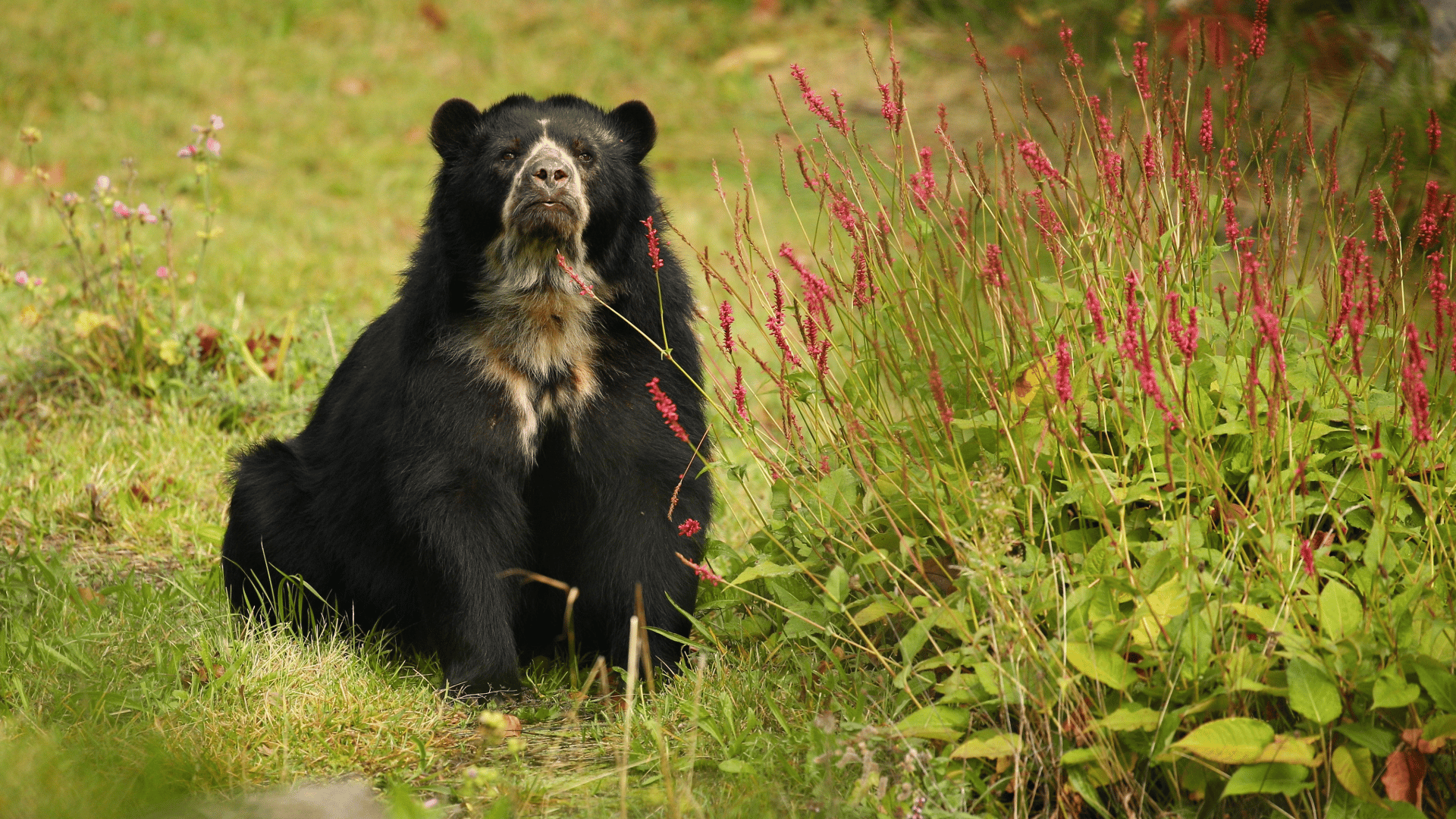
The Andean bear, often called the spectacled bear, is South America’s only native bear species. It lives primarily along the Andes Mountains. Its nickname comes from the pale markings on its face, though the pattern and placement vary widely. Some bears have bands or spots near the eyes, while others show markings only on the forehead, cheeks, or throat. These facial markings are unique to each individual, like fingerprints, which helps researchers tell them apart.

The Andean bear is part of a lineage known as short-faced bears. While the snout isn’t much shorter than in other bears, the face appears compressed because of its deep-set muzzle and strong jaw structure. Relative to body size, it has the most powerful jaw muscles of any living bear, stronger even than a panda’s. This helps it crush tough vegetation like tree bark and palm nuts.

It’s one of the smallest living bear species. Adult males typically measure between 1.5 to 2 meters (5–6.5 feet) long and weigh up to 140–175 kg (300–380 lbs). Females are considerably smaller, rarely exceeding 80 kg (175 lbs). This size difference between sexes is common in bears.
This post is for paid subscribers
Get full access to this post and everything else we publish.
Upgrade to paid